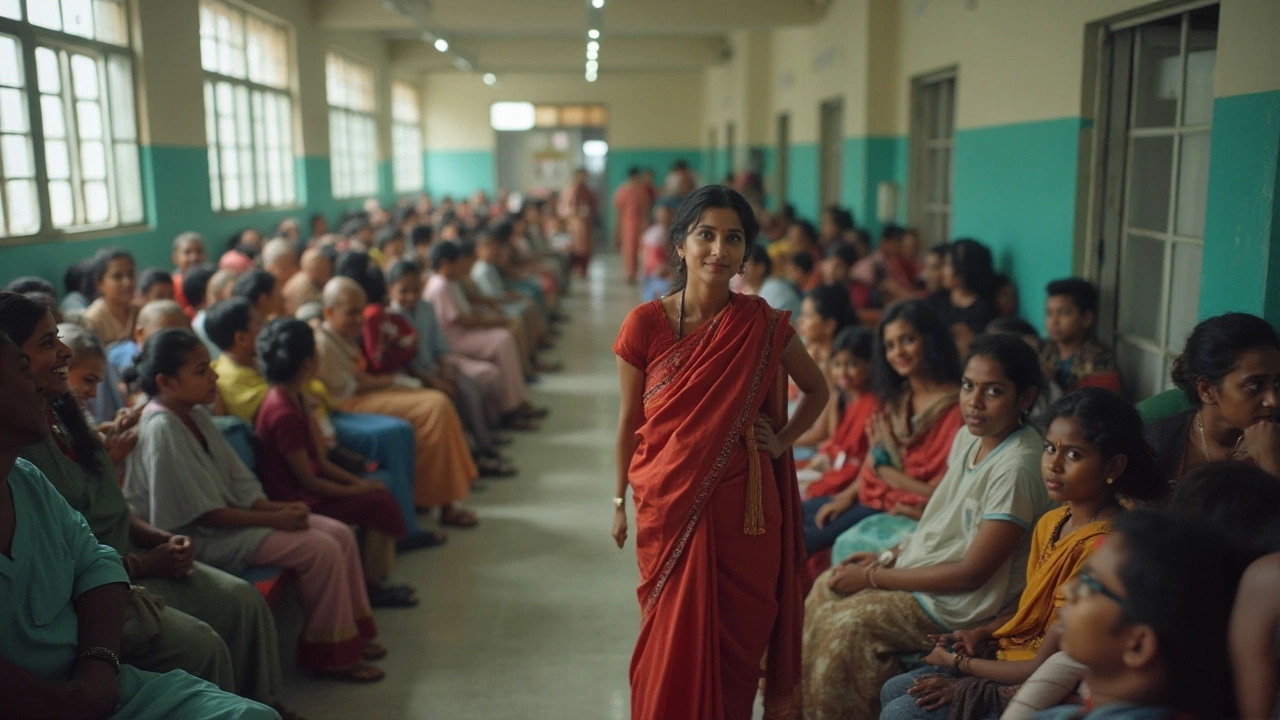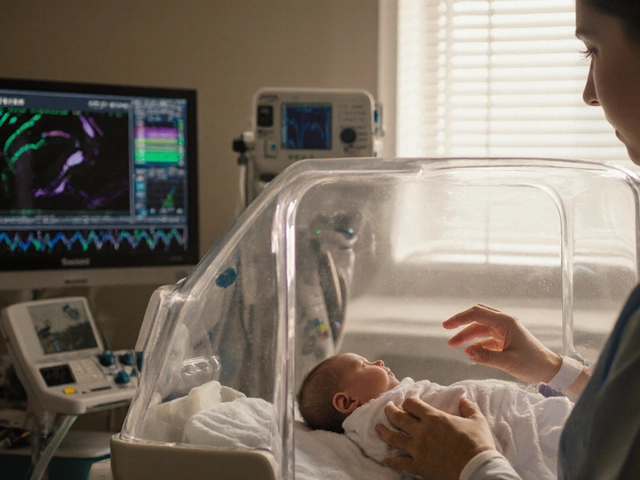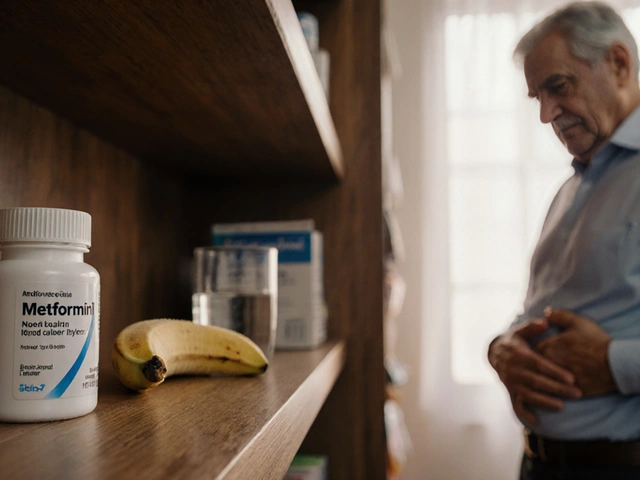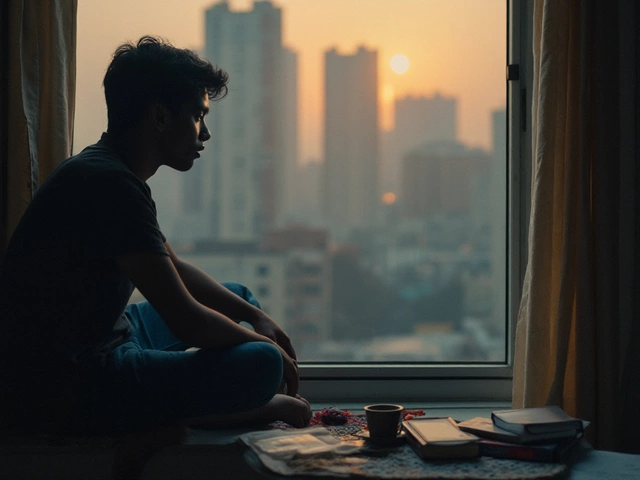Medical tourism, while beneficial for patients seeking affordable care, can have negative impacts on the home and host countries' medical systems. The influx of foreign patients might strain local healthcare resources and affect service quality. Health tourists sometimes bring communicable diseases, which can spread in the community, posing public health challenges. Ethical issues arise when medical tourism prioritizes foreign patients over locals, leading to healthcare inequality. Addressing these issues requires balanced health policies and international cooperation.
Read MoreTourism Effects on Health and Pain Management – What Every Traveller Should Know
Travel feels great until a sore back or a migraine ruins the vibe. The truth is, tourism can both spark new aches and help you reset chronic pain. Understanding the why lets you plan smarter, pack lighter, and enjoy every destination without the extra discomfort.
How Travel Can Trigger or Relieve Pain
First off, moving around changes the way your body works. Long flights, cramped buses, and uneven roads force you into awkward positions. That pressure can aggravate existing issues like disc problems, arthritis, or sciatica. On the flip side, a change of scenery often reduces stress hormones, which in turn can lower inflammation and ease pain.
Climate matters, too. Hot, humid spots may worsen swelling, while cooler mountain air can soothe inflamed joints. Your diet shifts as well—spicy street food, excess sugar, or heavy alcohol can trigger flare‑ups for people with gout or rheumatoid arthritis. Conversely, fresh fruits, nuts, and omega‑rich fish commonly found in coastal towns support joint health.
Don’t forget the mental side. Excitement releases endorphins that act like natural painkillers. But jet lag, time‑zone changes, and the pressure to see everything can spike cortisol, making pain feel worse. Balancing adventure with downtime is key.
Smart Tips for Pain‑Free Travel
1. Pack a mini pain‑care kit. Bring your go‑to NSAID, a topical menthol gel, and any prescribed medication. A small inflatable lumbar pillow can turn a hard airplane seat into a supportive throne.
2. Move every hour. On long rides, stand up, stretch, or walk down the aisle. Simple leg lifts and shoulder rolls keep blood flowing and prevent stiffness.
3. Choose accommodation wisely. Look for hotels with firm mattresses, adjustable beds, or at least a supportive pillow. If you’re booking through medical tourism platforms, read reviews about post‑procedure care and physiotherapy options.
4. Eat with your joints in mind. Load up on anti‑inflammatory foods—turmeric tea, ginger smoothies, and fish rich in EPA/DHA. Stay hydrated; dehydration can make muscles cramp faster.
5. Schedule realistic itineraries. Instead of hopping from temple to museum nonstop, plan a rest break every few hours. Use early mornings for gentle walks, saving the busiest afternoons for sightseeing.
6. Mind the climate. If you’re heading to a hot destination and have heat‑sensitive conditions, plan indoor activities during the peak sun hours. Pack a cooling scarf or portable fan for extra comfort.
7. Leverage local health resources. In many Indian cities, Ayurvedic clinics offer massage, herbal packs, and tailored diet advice for travelers coping with pain. A quick session can reset your body after a long trek.
Remember, tourism isn’t just about the places you visit—it’s about how those places affect your body. By anticipating the physical demands, you turn a potentially painful trip into a chance to boost your overall wellbeing.
So next time you book a flight or a train, think beyond the itinerary. Pack smart, move often, eat right, and let travel become a natural therapy rather than a source of pain.





